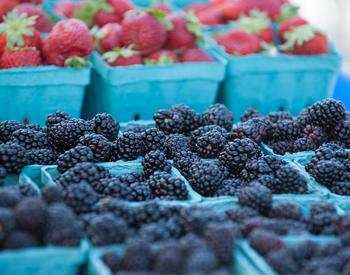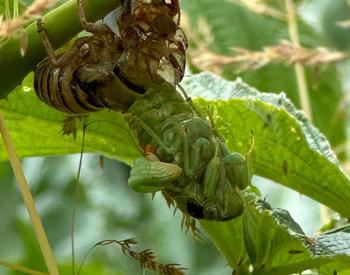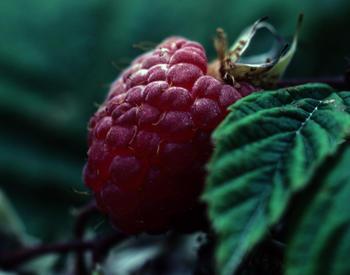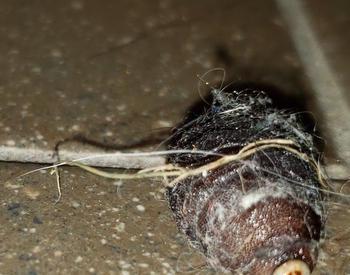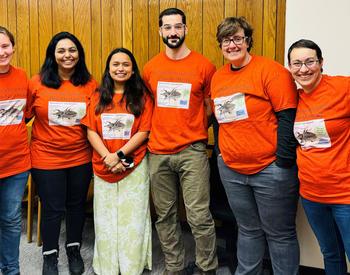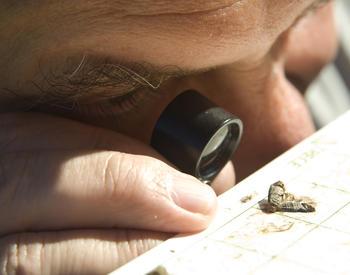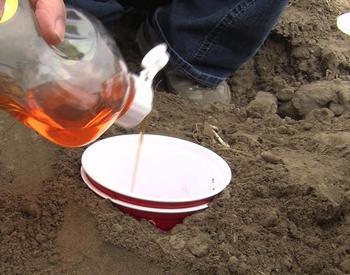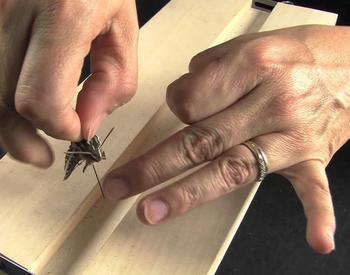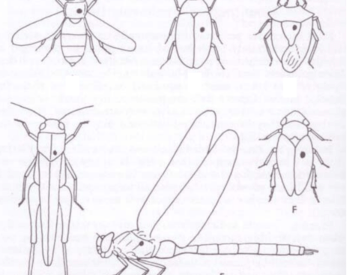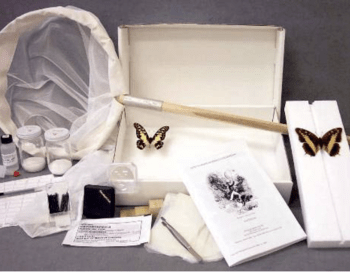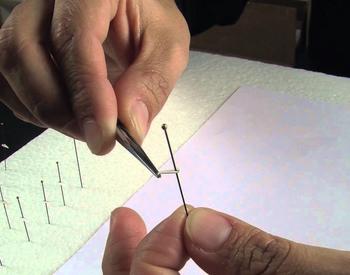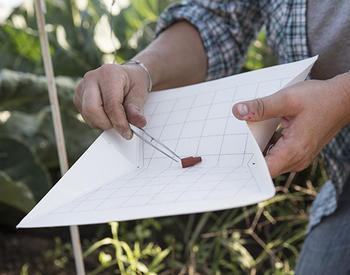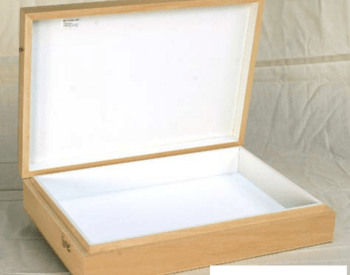CORVALLIS, Ore.—The codling moth may be the most damaging insect in home orchards of apples, pears, plums and walnuts. The most common control method used by home gardeners is repeatedly spraying insecticides on the fruit throughout the growing season. But several other less toxic control methods are available, according to James Young, entomologist with the Oregon State University Extension Service.
Codling moths begin to emerge when apples are in bloom, usually in May or June. The adults are roughly 3/4 inch across the front wings and are gray-brown with lighter gray lines and golden or bronze areas near the wing tips. The larva or "worm" is about 1/2-inch long, white with a pink hue and a brown head.
Newly hatched larvae bore into developing fruit, feed for about three weeks, leave the fruit, pupate and emerge as adults about two weeks later (the second generation). Depending on location and length of the growing season, two to four generations can occur each summer.
The traditional control program is to spray trees with insecticide. But if you prefer to use greener methods, the following can reduce codling moth damage.
Pheromone lures and traps
"Pheromones are compounds emitted by female moths to attract a mate," Young explained. "Synthetic pheromones, laboratory-made compounds, mimic their natural counterparts."
Pheromone traps are made by attaching pheromones to a sticky bottom trap. Male moths are attracted to the scent and get stuck to the board. The traps monitor moth flight and indicate when you need to spray; only when it is necessary and most effective. If there are no other hosts (apples, pears, plums or walnuts) in the area, sometimes a large number of traps can attract and kill most of the males, significantly reducing breeding.
Sanitation and Banding
Sanitation is the most important practice that is environmentally safe (or safer). If you remove and dispose of damaged young fruit throughout the season, you can help reduce future generations. Larvae continue to feed inside the fruit after it falls from the tree. Remove fruit promptly.
Installing bands covered with Tanglefoot ™ (available from garden supply stores) around the trunk of your fruit trees, 18-24 inches from the ground, can also reduce populations. Mature larvae move down the tree in search of a place to pupate and can be trapped in the sticky substance. While this method reduces the population, it does not provide complete control because many larvae overwinter on the ground.
Bagging
Although time consuming, you can tie a paper sack around each apple and pear approximately six weeks after bloom. This will not affect the maturation of the fruit but will prevent some varieties from reaching their full color.
An OSU Extension Service publication, "Managing Diseases and Insects in Home Orchards," (EC 631), is available online. Note that some of the pesticides listed in this document are no longer registered for use by homeowners to control codling moth. Remember to always read the label before purchasing and applying any product regardless of how many times you have used it before.
